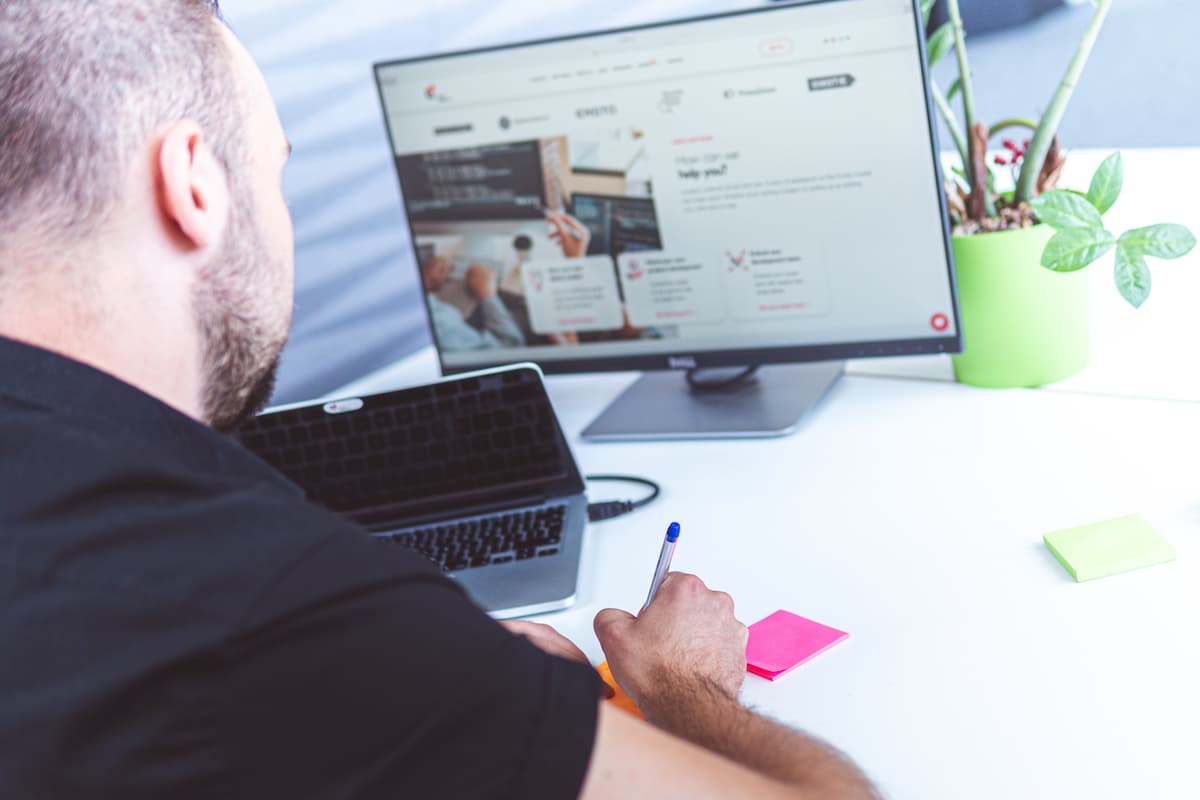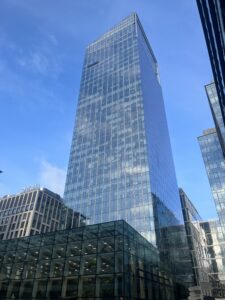In user experience, there are two key elements – the user and his or her experience of the product or service. How to forecast if your product will work or will fix what’s already not working if you don’t have any clue? Discover the reason for the issues or fix them at the beginning. This way, you will learn what user interviews are and how you can use the tool in your favor for your needs. If you are curious about these – continue reading and discover how our clients benefit from them at Espeo Software.
User interviews – what are they?
User interviews are one of the methods in the User Experience Research area. It’s the most common method used by many companies all over the world. The motivation for using this method is simple: it can cover almost all user-related topics or issues.
If you want to gain an insight about how users are spending time on your website or in the app, how their journey looks and especially – what kind of feelings or routines it generates in the users then it’s a tool for you. Basically, this is the main idea behind the user interviews in the design area.
User interviews – what are the benefits?
User interviews are generally speaking qualitative interviews but with purpose oriented towards the mentioned area. It means that after getting the data from the study, you should be able to dispel doubts, whenever they are connected to a bad or incomplete information architecture, limited time or maybe related to other resources.
This tool is actually very flexible because it depends on your resources and your needs. Some user interviews are prepared specifically for the design context. Others are borrowed from other fields such as psychology.
The general benefit of using this tool is to get as many insights related to your service or product as you can. It will help fix issues or prepare better, quicker or richer content for the user. Typically contextual interviews are the best advantage of providing answers to doubts or questions in relation to the environment in which studied design will be used. For instance, you can notice that at homes, people are spending more time with your product while laying down on bed rather than sitting in front of a desk, because it’s small, handy and there’s no need to sit down to use it.
If you uncover this insight you can use it in your marketing/product strategy. That would be impossible if you would test the product in your company and especially in the prepared environment.
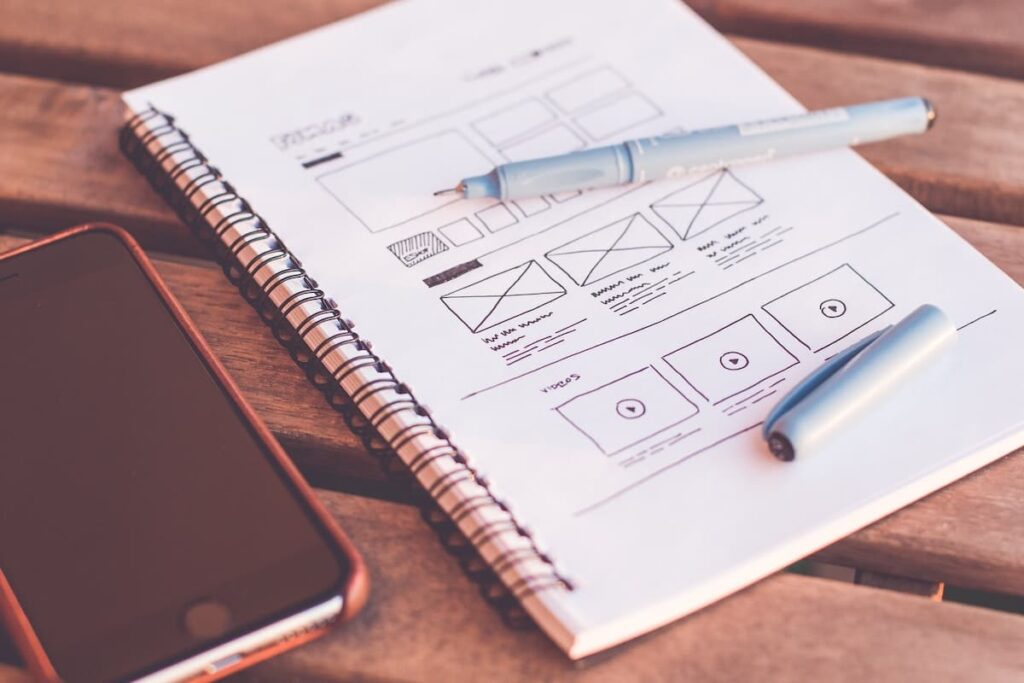
User interviews – when they should be used?
User interviews are a part of an ideation phase, so they are being used mostly during early concept development. Still, they are so flexible that they can be used for many other stages. From ideation to usability testing after the release. The main point is to get the right type of users for the interviews, get some insights about them as a people, what are they doing day-to-day, their experiences etc. And after all, get the final report to enable further better oriented decisions thanks to the new insights.
User interviews – how to conduct the study?
User interviews follow a structured methodology. This means that the interviewer:
- prepares a number of topics to cover,
- makes a record of what is said in the process of the interview,
- analyzes the conversation after the interview, using the records from the study.
Typically, interviews have to fit into a development or a design process. Therefore you could have limited time or resources. Because of that you can spend only 1 hour for the single study with one user using an online method. Users will be at their home, you will use a video and voice or only a voice call.
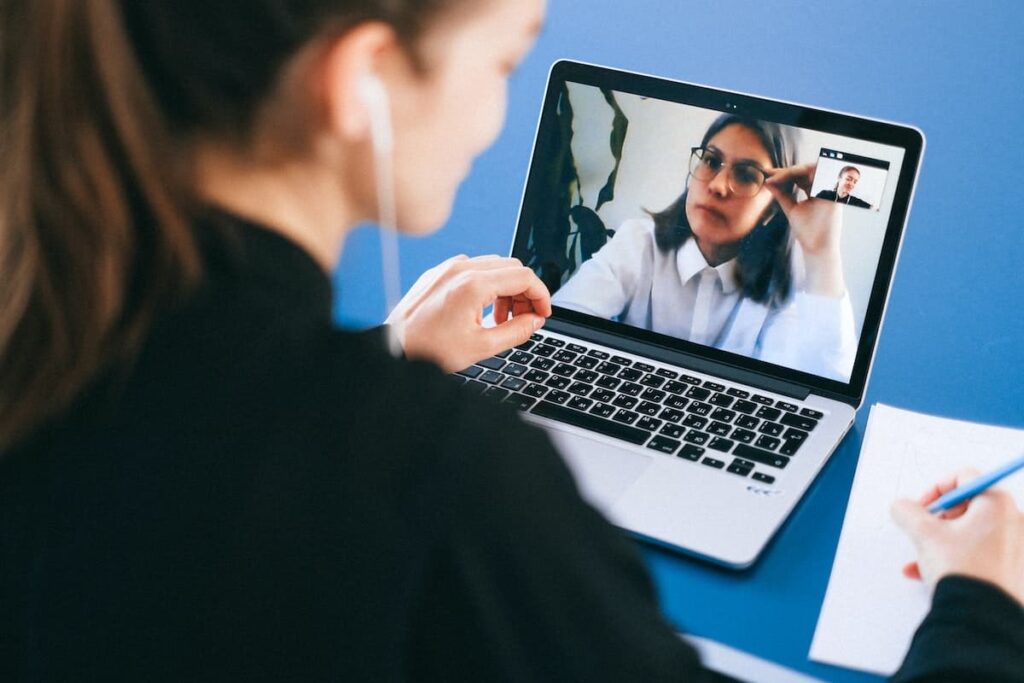
For instance, the process can look like this:
- Set the goal – get an answer for the most important question – what do I need to know about users using my product/service to make it better?
- Decide who to recruit – you need to know which type of users are using your product/service and you want to check their preferences, not to have all people.
- Prepare design interview script or questions – it’s always good to have some good questions prepared before actually you will conduct the interview, the same goes for the script.
- Choose the right environment – this should depend on your product/issue/service.
- Conduct the interview using a semi-structured interview format – it’s always good to have a script, but be flexible as much as you can. You can gain more insights than you would imagine while getting lost in totally unstructured or too much structured interviews.
- Start the interview – have some small talk, build the atmosphere, then ask for permission before audio or video recording and don’t judge or educate your interviewee while conducting the interview.
- Focus on open questions and use “why” for follow-up questions – this will help you gain more data. Yes/no answers can be enough, but still – you want more from the study. At the same time avoid leading questions and don’t be afraid of silence – users sometimes need more time to think. They are normal people just like you.
- Structure the information in the report – do a retrospective after the interview and align all of the information in the report later.
User interviews at Espeo
We are using user interviews at Espeo at different times and stages of the product development. As mentioned in the beginning, there’s no one way to proceed with the interviews, so we are always flexible – meaning we are doing everything in relation to the context of the situation. For instance, we used this tool with our work with the clients as well internally for our processes. We even conducted user interviews related to our website.
If we are designing a new digital product then we are always strongly suggesting that user interviews are a really great tool to get more of the future product before it even arises in the stores. Why? Because while conducting the user interviews we are learning what can be done in a better way or what still needs to be rethought and of course – what we did the best.
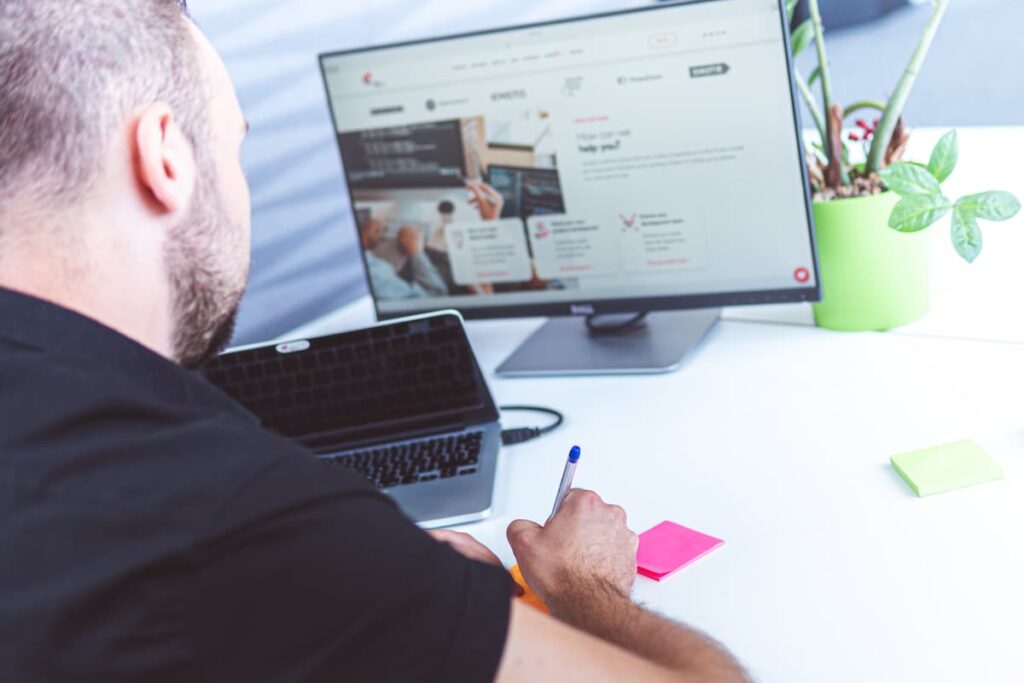
From the client perspective it’s always about a couple of important things, but after all everything is connected to money and cost savings. Imagine that you are a client and pay one company to build your application, but after some time you realize that something is not working. Even if the product is fine, you are getting a lot of bad reviews and your star rating is miserable. Moreover, the retention rate is pretty low. It means that your customers do not value your app and are not providing a sustainable source of revenue.
How to avoid this kind of situation or improve your product after all? You meet with our experts. Then we are conducting consultings, some ground work and we are looking for the flaws using user interviews. It is all about the user experience. We can find out what is not working and what are the causes for the low retention and miserable ratings. Then we are proposing fixes, preparing recommendations.
In a better situation this can be avoided in the first place – you choose Espeo before someone else will develop your product. We are conducting user interviews and applying the design changes in the built prototype – before even the product has gone into production stage. You are saving your money, because there’s no need for fixing issues after the release and we are also able to provide you selected developers, designed especially for your product and needs.

